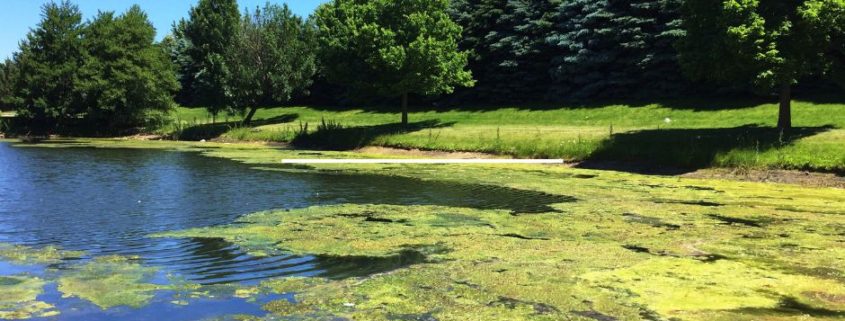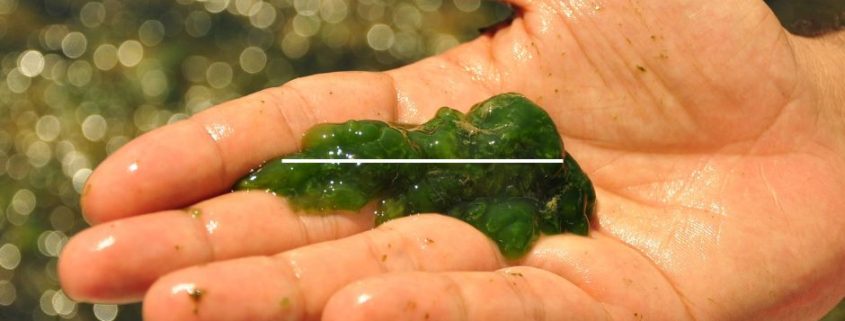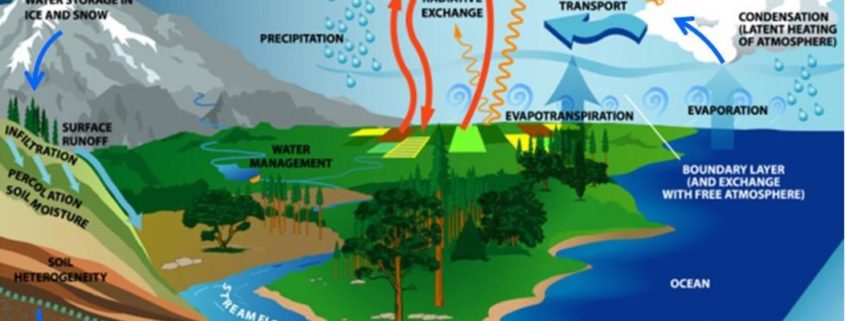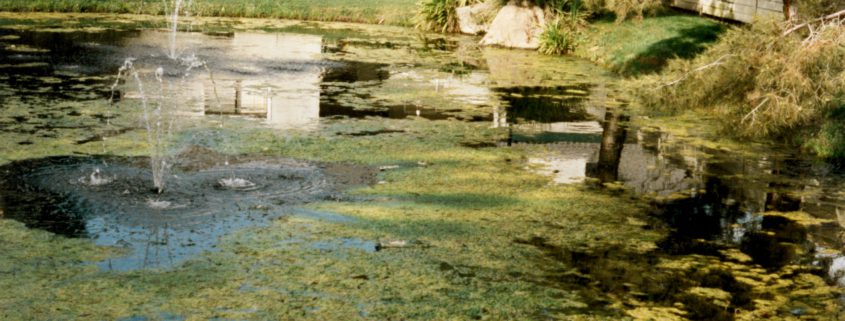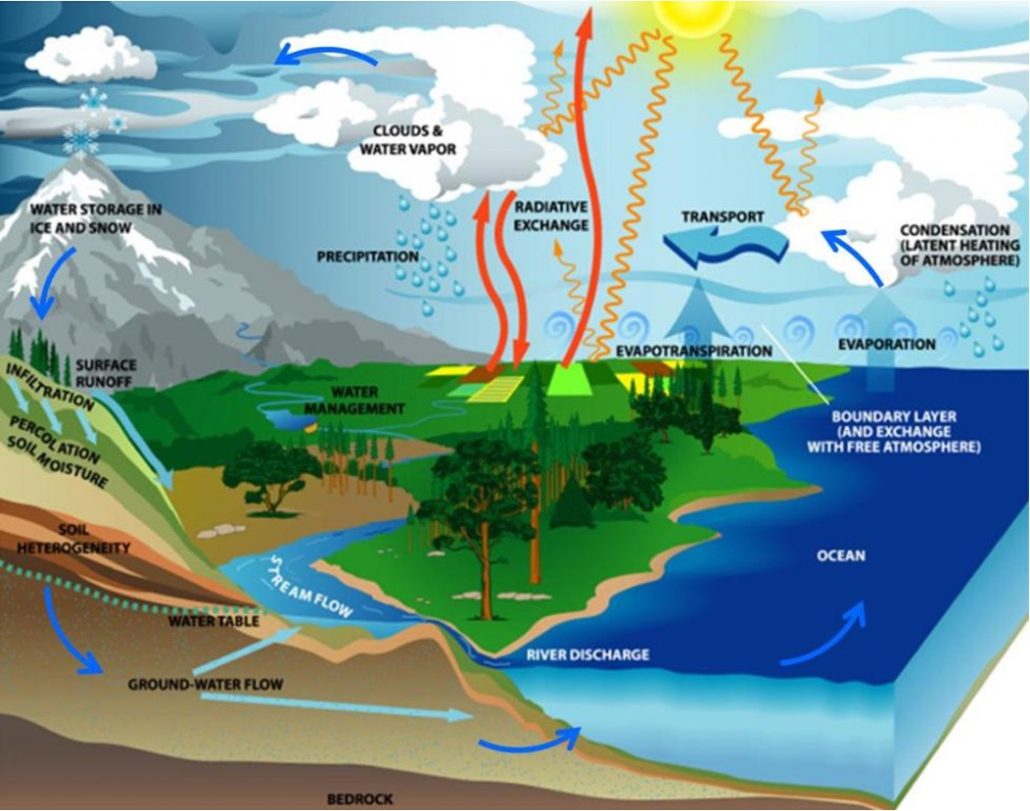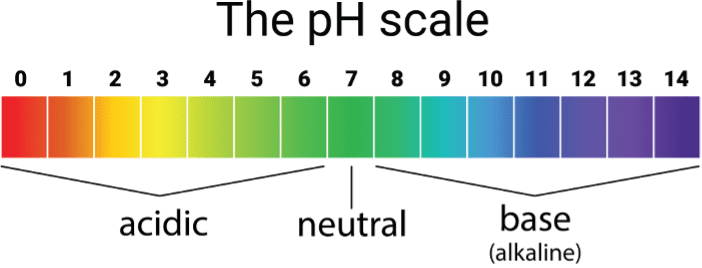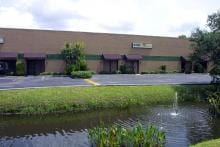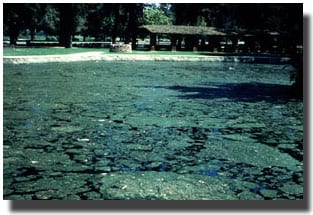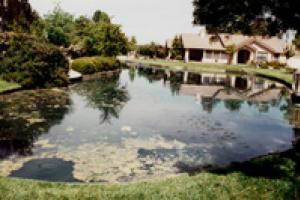Ponds are a beautiful addition to any landscape, providing a serene spot for relaxation and a habitat for aquatic life. However, maintaining the pristine condition of a pond can be challenging, especially when faced with the common problem of algae growth. Understanding the different types of pond algae is the first step towards effective management and control.
The Importance of Algae in Ponds
Before diving into the types of algae, it’s crucial to understand their role. Algae are a natural part of the pond ecosystem, producing oxygen during the day and serving as a food source for various aquatic animals. They are integral to the health and balance of the pond, but overgrowth can lead to numerous issues.
The Most Common Types of Pond Algae
- Planktonic Algae
- Appearance: These are microscopic algae that give water a green tint when present in large numbers.
- Role: They are the base of the food chain and are essential for a healthy pond.
- Control: Proper circulation and aeration can prevent extreme blooms.
- Filamentous Algae (String Algae)
- Appearance: These algae form long, hair-like strands that can float on the surface or attach to structures.
- Role: While they can provide habitat for microorganisms, excessive growth can disrupt the pond’s aesthetics and balance.
- Control: Mechanical removal, beneficial bacteria, and reducing excess nutrients can help control their growth.
- Chara (Muskgrass)
- Appearance: This algae resembles a submerged plant with a musky odor.
- Role: It can serve as a habitat for fish and invertebrates.
- Control: Regular manual removal and balancing the pond’s nutrient levels are effective measures.
- Blue-Green Algae (Cyanobacteria)
- Appearance: It can form a scum on the surface, often with a blue-green, brown, or reddish tint.
- Role: Some types produce toxins that can harm aquatic life and even pose health risks to humans.
- Control: Reducing nutrients, proper aeration, and timely treatments can prevent and control blooms.
Factors Leading to Algae Blooms
While some algae are beneficial, imbalances can lead to unwanted blooms. Key factors include:
- Excess Nutrients: Overfeeding fish, decaying plants, and runoff can introduce excess nutrients, particularly nitrogen and phosphorus.
- Stagnant Water: Lack of circulation can create conditions favorable for algae growth.
- Sunlight: Prolonged exposure to direct sunlight, especially in shallow ponds, can accelerate growth.
Controlling Pond Algae: Best Practices
- Aeration: Installing aerators or water features can increase oxygen levels and disrupt the growth of unwanted algae.
- Beneficial Bacteria: These bacteria can consume the excess nutrients that algae thrive on, helping to balance the pond ecosystem.
- Aquatic Plants: Floating plants like water lilies and submerged plants can compete with algae for nutrients, shading the pond, and reducing algae growth.
In conclusion, understanding the types of pond algae and the factors that contribute to their growth is crucial for maintaining a healthy pond ecosystem. Through proactive measures and consistent care, it’s possible to control algae growth, ensuring a beautiful and thriving pond environment.

